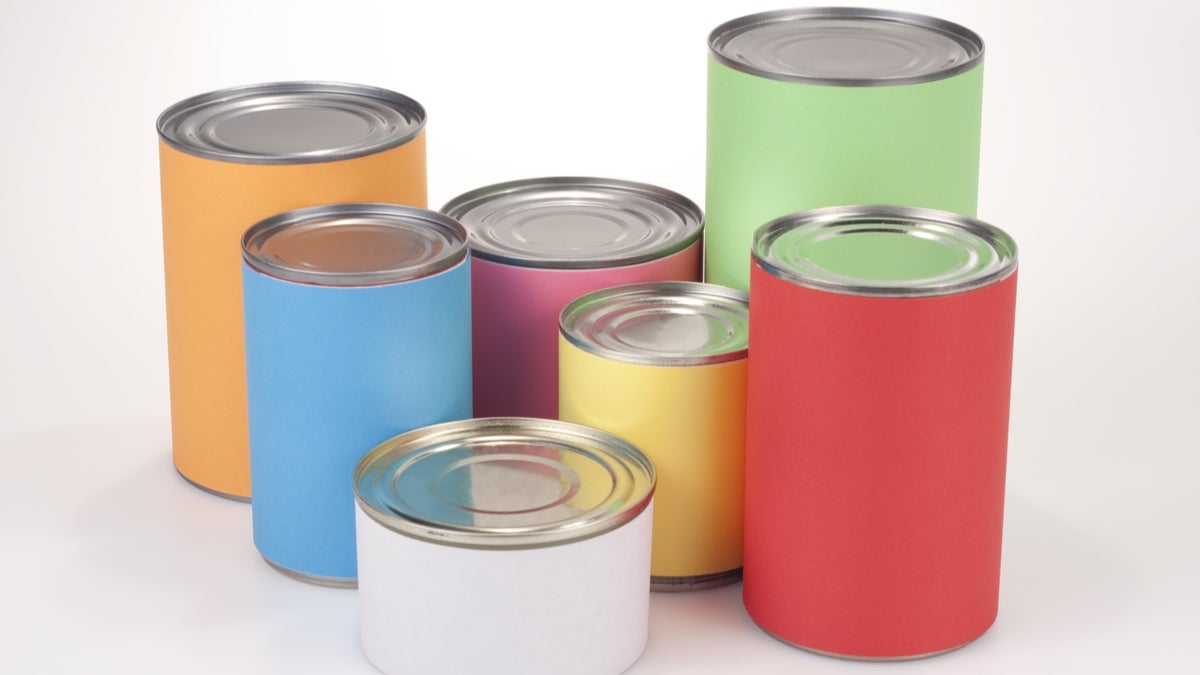
The marketing of potentially harmful products has long been a contentious issue. In 2015, Westminster passed legislation obliging tobacco companies to use plain packaging with graphic health warnings on cigarettes sold from May 2017. This sparked discussion about whether such measures should also apply to other demonstrably unhealthy goods.
In June this year, the government announced limits on the advertising of foods high in sugar, fat and salt, including a ban on TV ads before the 9pm watershed. These will be enforced at the end of 2022. The move has renewed public interest in whether these products should also come in plain packaging.
Land of the fat
There’s no doubt that the nation’s love of unhealthy food is creating a serious burden for the NHS. A House of Commons briefing paper published in January estimated that 28% of adults in England are obese – up from 15% in 1993. Weight problems often start in childhood: 9.9% of children aged four and five in England are obese and a further 13% are overweight.
Some experts believe that marketing is partly to blame for this. In 2017, Wolfram Schultz, a professor of neuroscience at the University of Cambridge, took aim at the fast-food industry while accepting a prestigious research prize called the Brain Award for his work on the neural mechanisms affecting our behaviour in relation to rewards.
“The colourful wrapping of high-energy foods of course makes you buy more of that stuff,” he said. “We should not advertise, propagate or encourage the unnecessary ingestion of calories.”
Markus Joutsela, a lecturer specialising in packaging design at Aalto University School of Arts, Design and Architecture in Finland, agrees that the colours, logos and images on packaging are designed to engage your emotions. They can help to override that logical part of your brain when you’re in the supermarket and know that you should really buy fruit but are feeling tempted by chocolate. Such stimuli are also particularly appealing to young children, who have limited capacity for analytical decision-making.
Plain packaging would definitely discourage people from trying harmful products. But there would also be problems
“Our studies show that consumers perceive a range of values from packaging, including functional, environmental, aesthetic and emotional,” Joutsela says, adding that plain packaging “would definitely discourage people from trying harmful products. But the findings of research into the influence of packaging, and my understanding of how packaging design works in practice, lead me to believe that there would also be problems.”
Joutsela explains that his main concern stems from the fact that packaging serves as the place to communicate important information about the product, helping consumers to understand exactly what’s on offer.
“There’s the possibility of confusion if you want a certain product but aren’t entirely sure which one you’re buying,” he says. “From the consumer’s perspective, packaging is often read as a sign of the product’s qualities, such as whether it contains certain flavours. A lot of this would be lost.”
Choice words
One branding expert who’s fiercely sceptical of the value of plain packaging is David Haigh, CEO of consultancy Brand Finance. His firm has surveyed consumers on the subject and published reports discussing the potential effects if plain packaging were to be extended from tobacco to unhealthy foods.
“Consumers understand that there are products that are bad for you,” he argues. “But they like to have freedom of choice over which ones they want to use. They don’t particularly like plain packaging, as they feel that it confuses this decision-making progress.”
Haigh adds that plain packaging would also have a limiting effect on the ability of food producers to develop healthier products.
“If you’re no longer able to do the branding and marketing, you can’t innovate effectively, because you can’t create a new product unless you have a visual method of promoting it,” he says. “All of the chief marketing officers we’ve spoken to are aware that most industries need regulation – it’s just a matter of degree. You have to bear in mind that these are legal products that people often enjoy consuming in moderation.”
Deborah Arnott, chief executive of anti-tobacco charity Action on Smoking and Health, disagrees that the public would consider the move excessive. Having compiled its own body of research into the issue, her organisation began campaigning for plain packaging on tobacco products in 2010.
When it comes to important public health matters, she says, “consumers actually support government intervention. They understand that a lot of behaviour changes are quite difficult.”
Arnott adds that one of the adverse side effects of plain packaging that the pro-smoking lobby had warned about – that it would lead to a rise in counterfeiting and black-market imports from countries without such rules – hasn’t occurred to a significant degree.
Smoke signals
Research published by Public Health England and the Office for National Statistics in 2019 found that the number of smokers in England fell by nearly 175,000 in the 12 months after the plain packaging rules took effect in May 2017. The most likely quitters were those aged 18 to 24. From that same point, the rate of decline in UK cigarette sales steepened from an average of 12 million units a month to 20 million, according to a 2020 study by the University of Bath’s Tobacco Control Research Group.
Arnott acknowledges that it’s hard to gauge the exact influence that plain packaging had on these trends, because other anti-smoking measures were introduced at the same time.
“If it had been imposed all by itself, plain packaging would not have been as effective,” she says. “It was the combination of graphic health warnings with the lack of branding that was most important.”
This is one of the reasons why Arnott is cautious about taking data about plain packaging’s effect on smoking and extrapolating it to the consumption of unhealthy foods. To use the most inappropriate metaphor available, making close comparisons between the two would be a case of apples and oranges.
As she points out: “Tobacco is the only consumer product that’s actually deadly if used as intended.”

The marketing of potentially harmful products has long been a contentious issue. In 2015, Westminster passed legislation obliging tobacco companies to use plain packaging with graphic health warnings on cigarettes sold from May 2017. This sparked discussion about whether such measures should also apply to other demonstrably unhealthy goods.
In June this year, the government announced limits on the advertising of foods high in sugar, fat and salt, including a ban on TV ads before the 9pm watershed. These will be enforced at the end of 2022. The move has renewed public interest in whether these products should also come in plain packaging.





